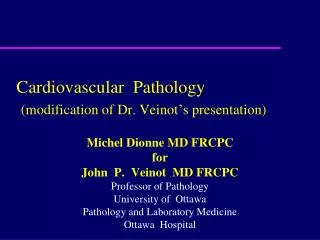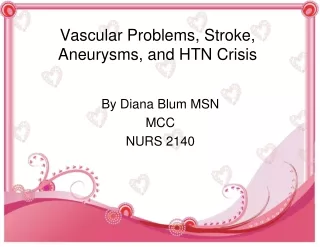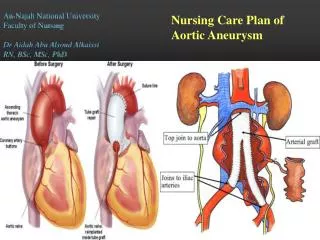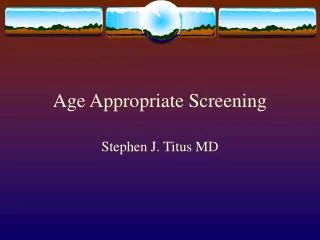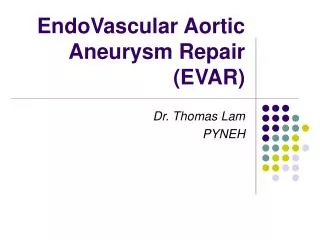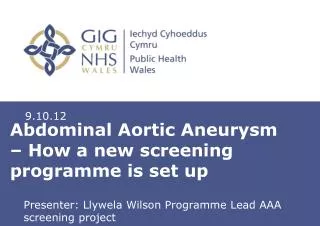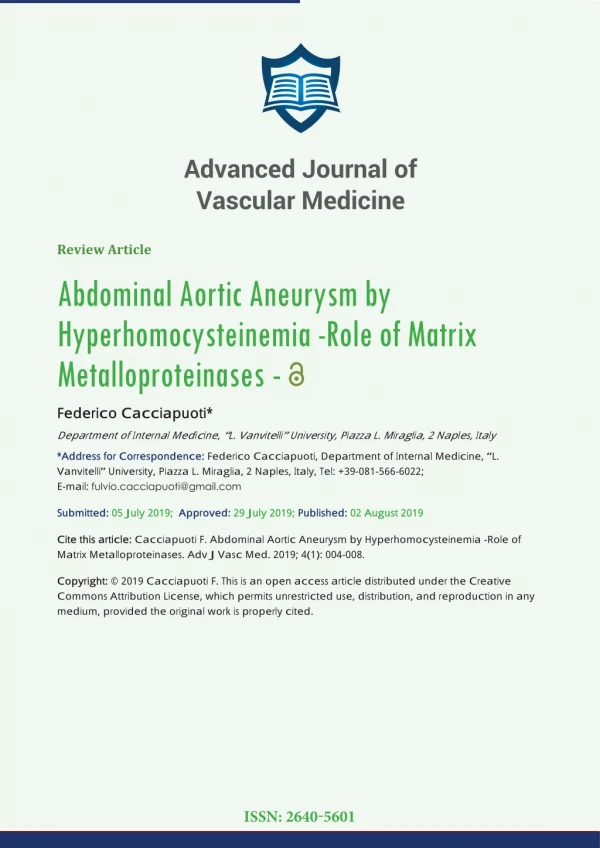Advanced Journal of Vascular Medicine
The aim of this review was to better defi ne pathogenesis of Abdominal Aortic Aneurysm (AAA) in patients with increased homocysteine plasma levels. AAA is a non-frequent clinical condition that could evolve towards death for its rupture. It has traditionally been regarded as a consequence of atherosclerosis. That is induced by several risk factors, such as age, family history, smoking, hypertension, diabetes, dyslipidemia and others. Among these risk-factors, elevated plasma levels of homocysteine is also found. Hyperhomocysteinemia (HHcy) can cause breakdown in the elastic fi bers of the aortic wall, through degradation of Extracellular Matrix (ECM). That causes the activation of Matrix Metalloproteinases (MMPs) contrarily acting to their Tissue Inhibitors (TIMPs). The imbalance of TIMPs/MMPs ratio with the MMPs prevalence, in turn, induces a proteolytic effect (elastolysis) of the aortic wall and AAA formation. Subsequently, the activation of coagulative process may cause intraluminal thrombus formation that can accelerate or delay the aneurysmatic rupture. But, numerous doubts exist around the role of HHcy in the dilatation of abdominal aortic tract, the importance of intraluminal thrombus for AAA rupture or protection, and the slowing down effect of TIMPs in the AAA formation. Thus, other researches are needed to defi nitively solve these uncertainties.
★
★
★
★
★
69 views • 5 slides
